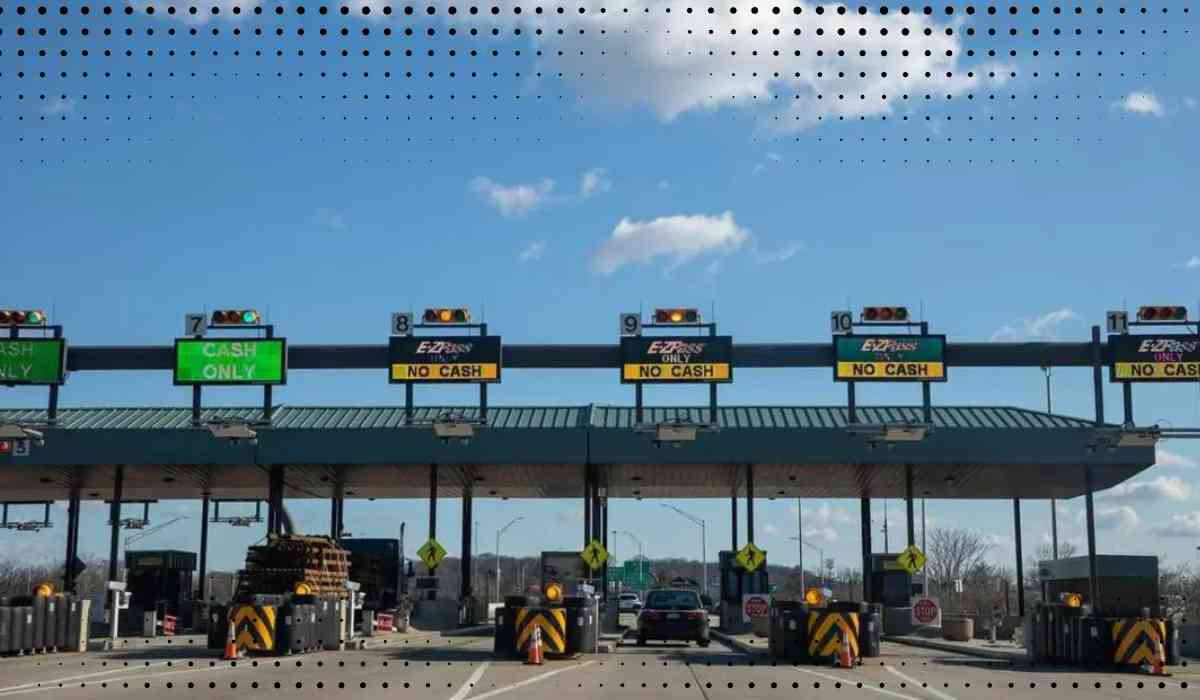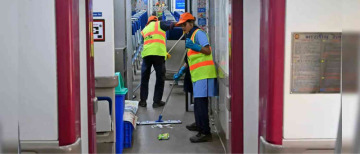The Indian government has launched a new toll collection system using Global Navigation Satellite System technology in a unique initiative undertaken for the first time to ensure efficiency in toll collection and decrease congestion at toll booths. This will enable drivers to cover 20 kilometres on national highways, bridges, tunnels, and bypasses without paying any toll. The new rules on toll announced this week marked a sea change in the way toll is calculated and collected nationwide.
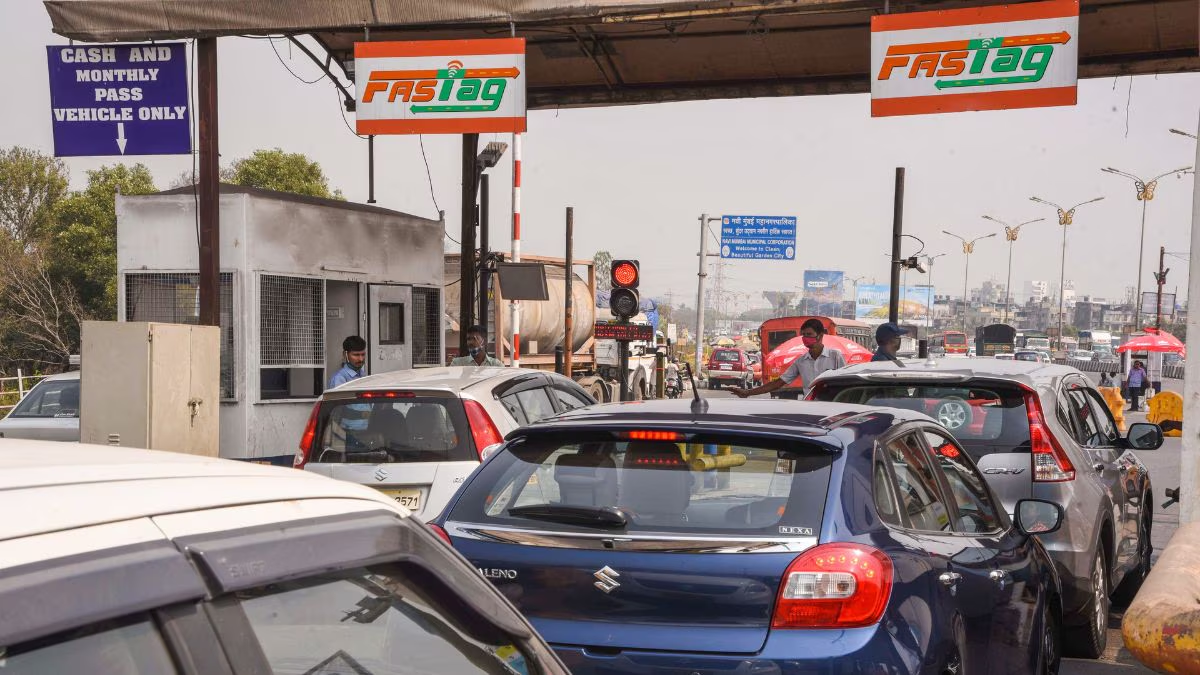
New Way of Toll Collection
The new system provides that the drivers of mechanical vehicles, except for those chosen under National Permits, shall not pay any fee up to a distance of 20 kilometres in both directions when passing a toll road. Beyond this, the motorist would need to pay based on the actual distance travelled. GNSS-based technology shall keep track of the movement of vehicles through satellite-based systems and thereby discard the option of physical toll booths on the highways.
The government has also issued detailed revised guidelines for the deployment of GNSS On-Board Units, ANPR devices, and the FASTag system for user fee collection. It works on a multi-technology approach that will lead to more convenience for commuters and speed up the process at toll points.
image source - CNBC TV 18
GNSS vs. FASTag
The present electronic system necessitates the vehicle to go through physical toll booths equipped with tag scanners, something that is being introduced by the GNSS solution at an entirely new level. As will be seen, instead of depending on a toll plaza, vehicles will use virtual toll booths located down the road and which will keep track of the distance and location of each vehicle to calculate their toll fees. The new GNSS-based toll system will initially coexist with the existing FASTag system, thus providing an easy transition as more vehicles start using this satellite-based technology. As this technology becomes more popular, then all the lanes at tolls would go to Satellite-based toll collection with no physical toll booth anywhere.
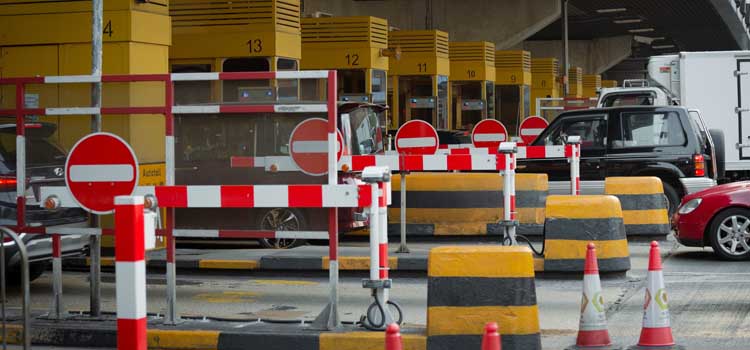
Benefits of GNSS Technology
The GNSS system, perhaps relieving congestion and reducing congestion-related wait times at toll plazas are the most important. Current estimates place the time savings generated by the GNSS system at a reduction in waiting times from 714 seconds at a conventional booth to only 47 seconds, ultimately enabling commuters to travel faster and more smoothly. This system just charges the motorists for the distance traveled by them and thus works out to be much fairer billing-wise, making long commutes a lot more affordable for many drivers.
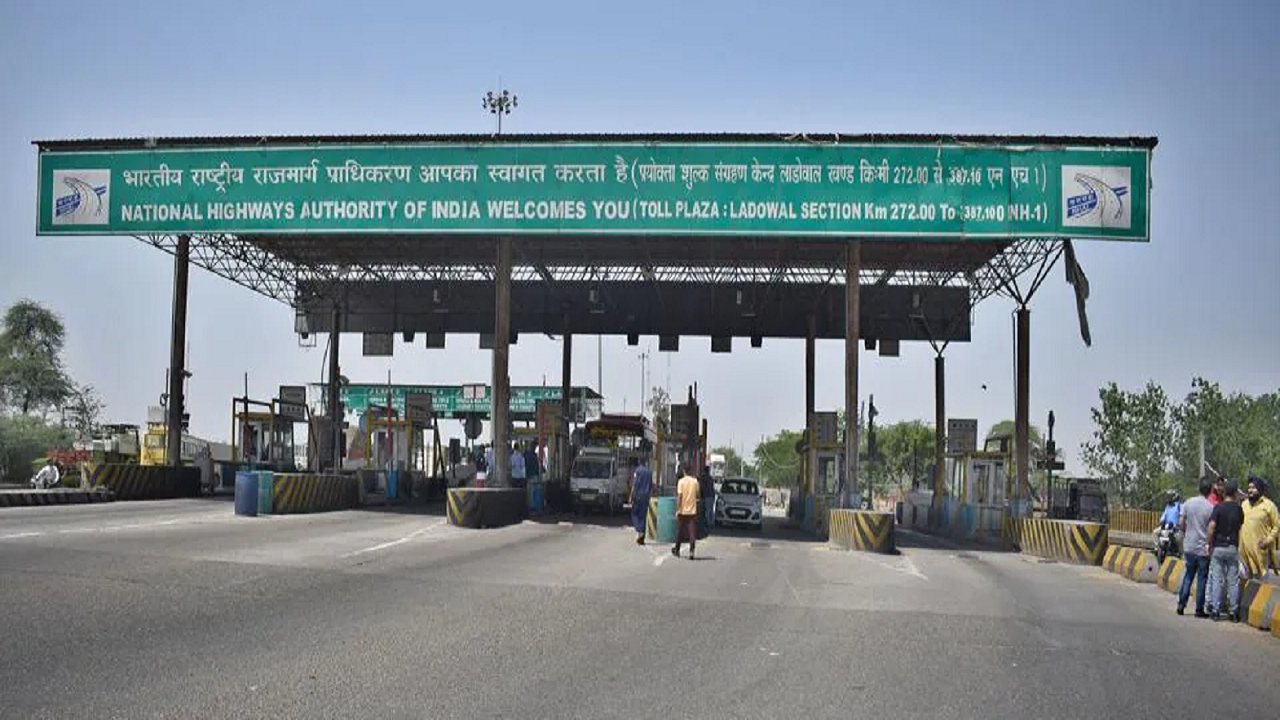
GNSS is expected to hasten up operational efficiency, reduce infrastructure costs, and play a role in modernizing the highway network of India. As the GNSS system gains momentum, it is likely to bring about a sea change in the manner tolls are managed in the country. This would come as a more convenient and cost-effective solution for commuters.
Inputs by Agencies
Image Source: Multiple Agencies
Ⓒ Copyright 2024. All Rights Reserved Powered by Vygr Media.

